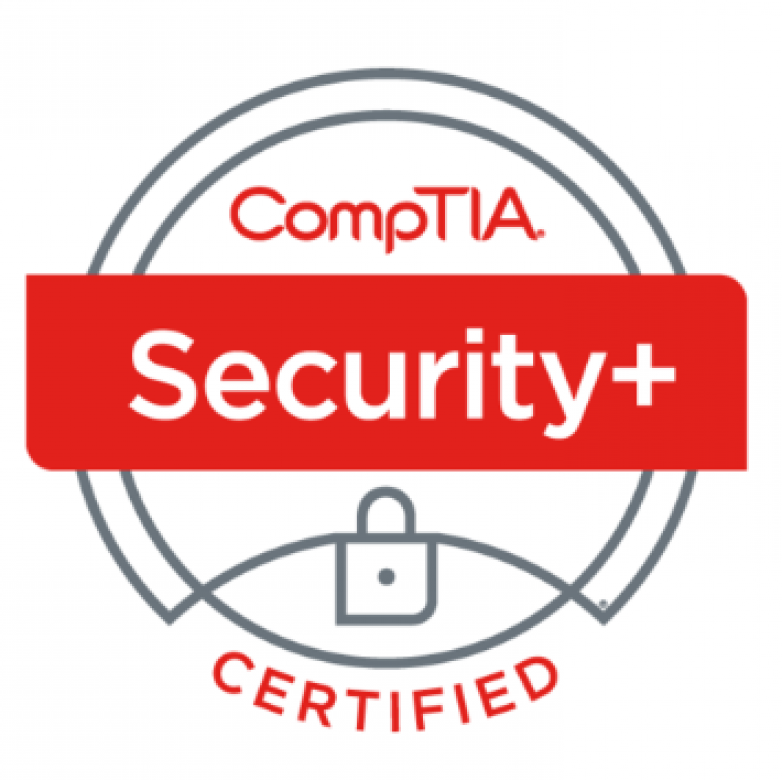
CompTIA Security+ (SY0-601)
Course Description
The CompTIA Security+ course is designed to help you prepare for the SY0-601 exam.
The CompTIA Security+ exam will certify the successful candidate has the knowledge and skills required to install and configure systems to secure applications, networks, and devices; perform threat analysis and respond with appropriate mitigation techniques; participate in risk mitigation activities; and operate with an awareness of applicable policies, laws, and regulations.
TARGET AUDIENCE
CompTIA Security+ is aimed at IT professionals with job roles such as security engineer, security consultant /specialist, information assurance technician, junior auditor / penetration tester, security administrator, systems administrator, and network administrator.
COURSE OBJECTIVES
This course will teach you the fundamental principles of installing and configuring cybersecurity controls and participating in incident response and risk mitigation. It will prepare you to take the CompTIA Security+ SY0-601 exam by providing 100% coverage of the objectives and content examples listed on the syllabus. Study of the course can also help to build the prerequisites to study more advanced IT security qualifications, such as CompTIA Cybersecurity Analyst (CSA)+, CompTIA Advanced Security Practitioner (CASP), and ISC’s CISSP (Certified Information Systems Security Professional). On course completion, you will be able to:
- Identify strategies developed by cyber adversaries to attack networks and hosts and the countermeasures deployed to defend them;
- Understand the principles of organizational security and the elements of effective security policies;
- Know the technologies and uses of cryptographic standards and products;
- Install and configure network- and host-based security technologies;
- Describe how wireless and remote access security is enforced;
- Describe the standards and products used to enforce security on web and communications technologies;
- Identify strategies for ensuring business continuity, fault tolerance, and disaster recovery;
- Summarize application and coding vulnerabilities and identify development and deployment methods designed to mitigate them.

